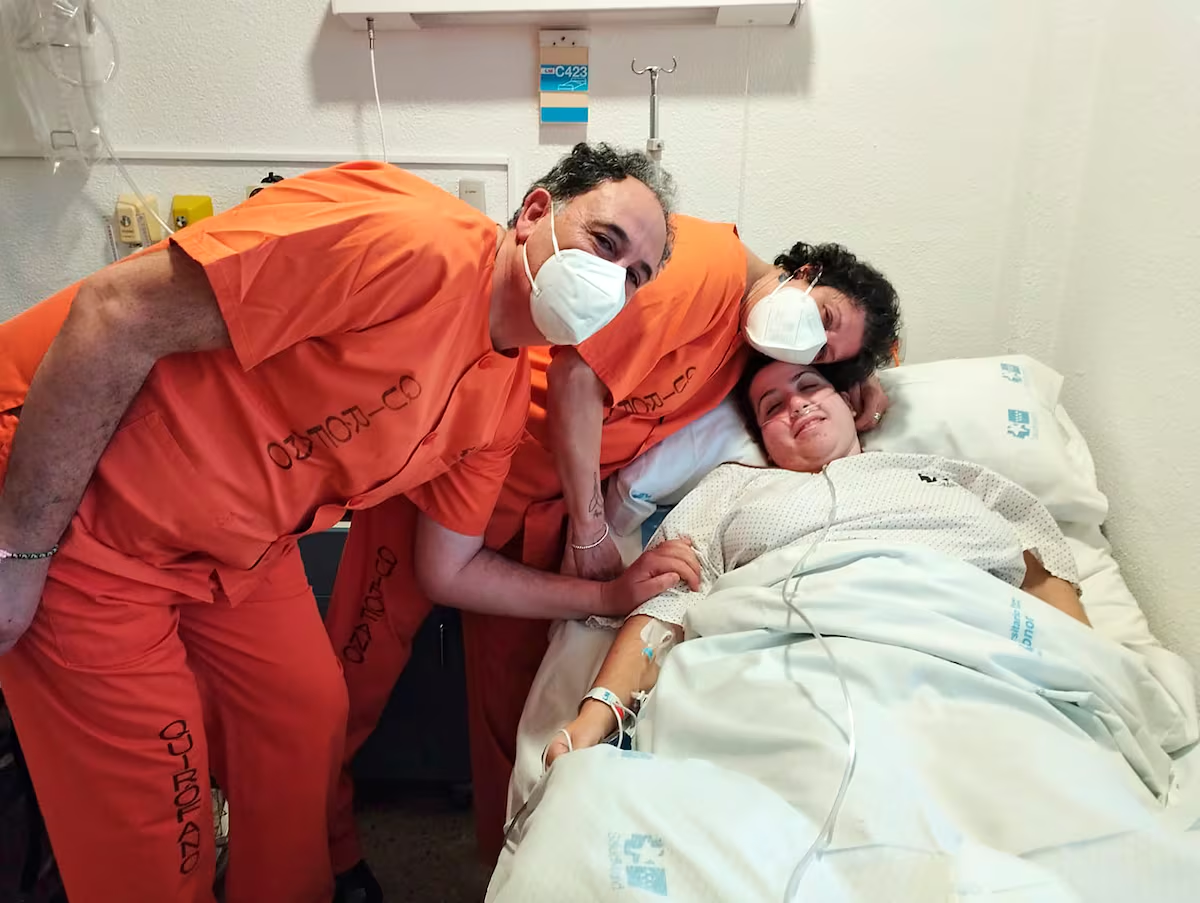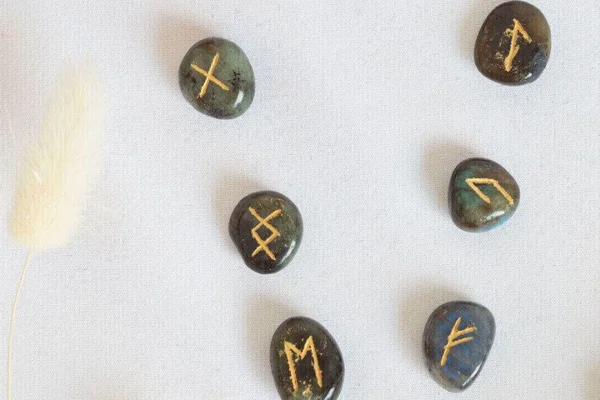
The last beep of Ana Segundo Urbano’s heart monitor still echoes in the heads of her parents, Puri and Salvador. Until then peeping The ending showed that the daughter’s heart had stopped beating as she was euthanized, ending years of suffering. But the sound took on a different nuance when a transplant coordinator at Madrid’s Gregorio Marañón Hospital sent them a letter he had received from the person who now holds Ana’s heart in his chest.
“I heard the final whistle, but I didn’t hear the whistle when the heartbeat started again in the other operating room,” Puri said. A donor cannot know who his or her organs are going to or vice versa.A person who is told through a doctor, “I have your daughter’s heart, and because of it I am alive.”
Since the euthanasia law came into effect in 2021, 154 people have donated their organs and received support for a dignified death, benefiting 442 recipients. “It not only benefits the patient, but also the family (of the person undergoing euthanasia),” said Beatriz Dominguez Gil, director of the National Transplantation Organization (ONT).
Donations from patients undergoing end-of-life processes, such as euthanasia or certain stages of palliative care, are part of ONT’s 2026-2030 strategy, which aims to solidify Spain as a world leader in the field of transplantation, continuing to maintain its record of 52 donors per million population in 2024 for the 33rd consecutive year.
Dominguez-Gil presented the strategy this week at the XX Conference of Communication Specialists and Transplant Coordinators in San Lorenzo de El Escorial (Madrid). “Will it increase the availability of organs? Of course, but above all the purpose is to fulfill the desire of would-be donors to donate their organs in death,” he asserted.
This is the case of Anna, who died in 2023 at the age of 27. His parents explained in a video conference that the first thing Anna did when he was 18 was to donate blood and register as an organ donor.
He was born with spina bifida. His life has been filled with medical tests and rehabilitation, but has been “relatively normal.” Until 2013. Fluid began to accumulate in the lower back, creating pressure. They performed an operation that did not completely solve the problem. “She was in pain and nothing we could do to relieve it. She knew what her end would be like. She wouldn’t be able to move and would definitely die from suffocation,” Puri said. He told us: “They are of no use to me, so someone else can enjoy a life that I cannot enjoy.”
“She couldn’t bear the pain, she wasn’t going to get better, there was no cure, there was no chance of a second intervention. I didn’t want her to be bedridden with only her eyes moving, so I asked for euthanasia,” her mother continued.
Although the surgeon who operated on her initially refused, the operation was carried out quickly. In accordance with the provisions of the law, Gregorio Marañon arranged for a medical team to confirm his intentions and went through another expert to approve it. Finally, the application of the provision of assistance in dying in the Community of Madrid was approved by the Guarantee Evaluation Committee.
This process was very difficult for everyone. “It’s difficult for any parent to let go of their children, but one thing we were clear about: They are not your property. She was an adult, it was her body, it was her suffering. It was clear that we would respect her decision, no matter how much it hurt our hearts,” Salvador says.
Anna didn’t want to live like this. When he was denied benefits, he considered suicide, but at the time he believed that if he committed suicide he would lose his organs.
manage the end of life
Donation after euthanasia is a great example of how the transplant process has changed since it became popular in the 1980s (first in 1965). José Miguel Pérez Villares, Granada’s departmental transplant coordinator, explains that at the time, all the focus was on the recipient. How many organs arrived on time and how many did not. “Then, in the ’90s, we started looking at donor families and how their grief began to be alleviated through the solidarity and generosity of giving,” he continues.
Kidney donation among living humans began in 1999. “There, we no longer ask family members, but begin to dialogue with the donor himself. And this is what is happening now in controlled heart failure in people with terminal illnesses who express their desire to become a donor when they go to sleep. It is to give them the right to manage the end of their life with their own values,” says Pérez-Villales.
The presence of a transplant coordinator is key throughout this process. Ana Isabel Tour Alonso, who is in charge of this at Valencia’s Fe Hospital, explains that the first thing that must be made clear to patients is that the decision to receive assisted dying has nothing to do with the decision to donate organs, and one does not preclude or favor the other.
wise and calm person
“The vast majority of people who rely on us already have the intention to donate. They are clear about what they want, and they are smart, calm and stable people. They want to know what it will be like and how they will feel, so they ask a lot of questions,” says Tour Alonso.
In these cases, euthanasia cannot be performed at home. Before the organ can be used, it must be done in an operating room. However, just like at home, if music is desired, patients can choose how they wish to be accompanied. “We have to be honest and transparent about what we can and cannot do, but we always have to have empathy. Usually there’s a great bond between these people who have been fighting to the death for a long time and want to do it their way. Our challenge is to make it warm, welcoming and intimate,” he added.
Tests are usually done to see if the organ can be used. For example, whenever a patient requests, a serological analysis is performed to ensure that there are no infections that would preclude the possibility of transplantation.
One of Anna’s fears before she died was that her organs would no longer be useful, her father said. “She was worried that all the drugs she was taking had damaged her organs. The drugs were so strong that they were particularly damaging her liver. Until the last moment, there were two things in her head: ‘I’m going to die’ and ‘I want my organs to help as many people as possible.'”
According to people, he said goodbye to everyone peacefully and naturally, maintaining his “cheerful, easy-going, dark humorous” personality. When the appointed day arrived, he said goodbye to the cats, they went to the hospital, and the three stayed with him until the last moment. Since then, many friends and family members have also decided to donate their organs.



